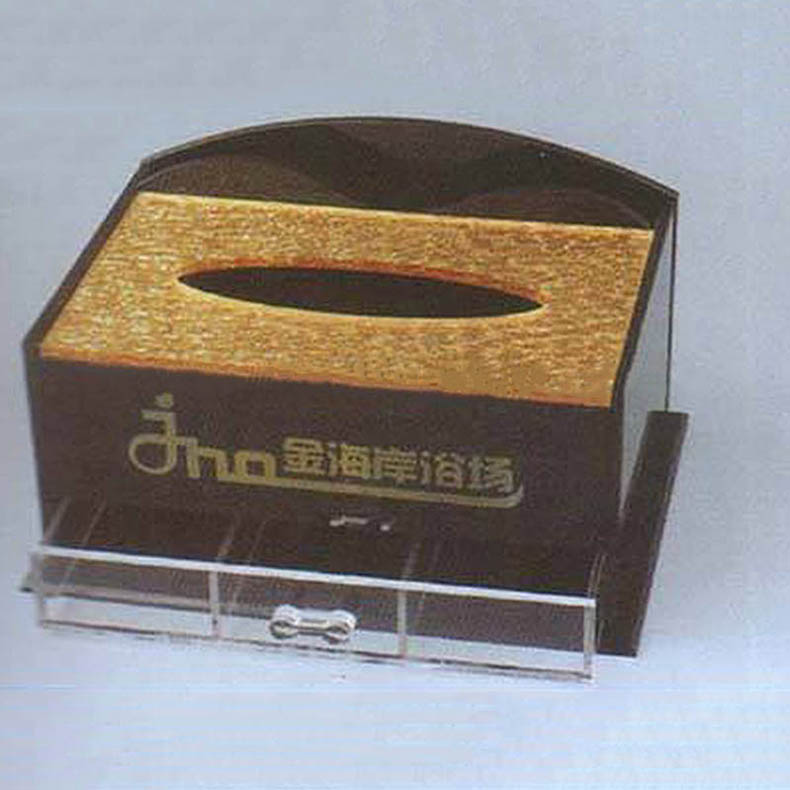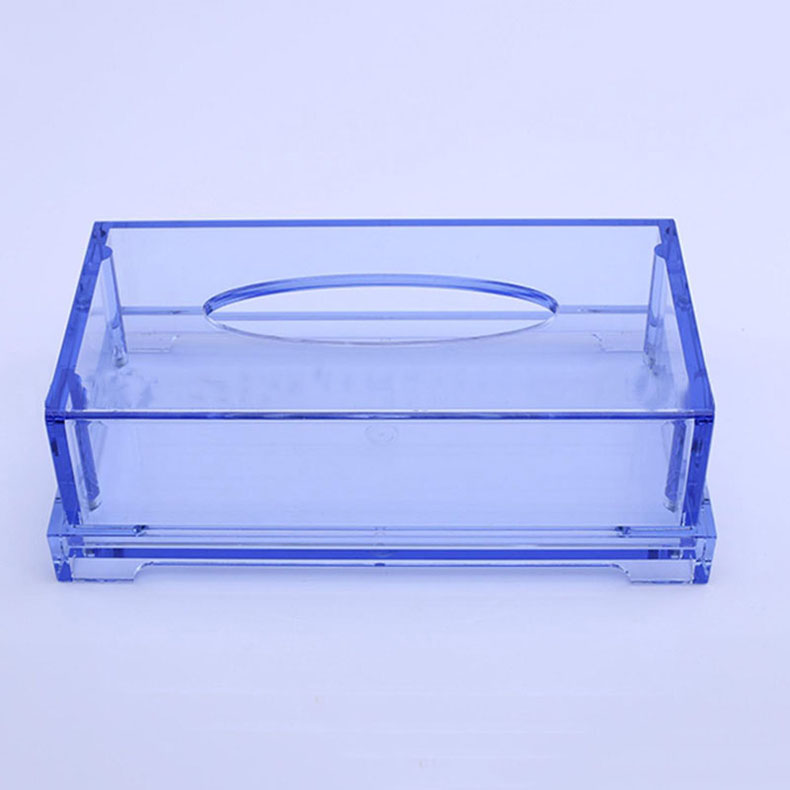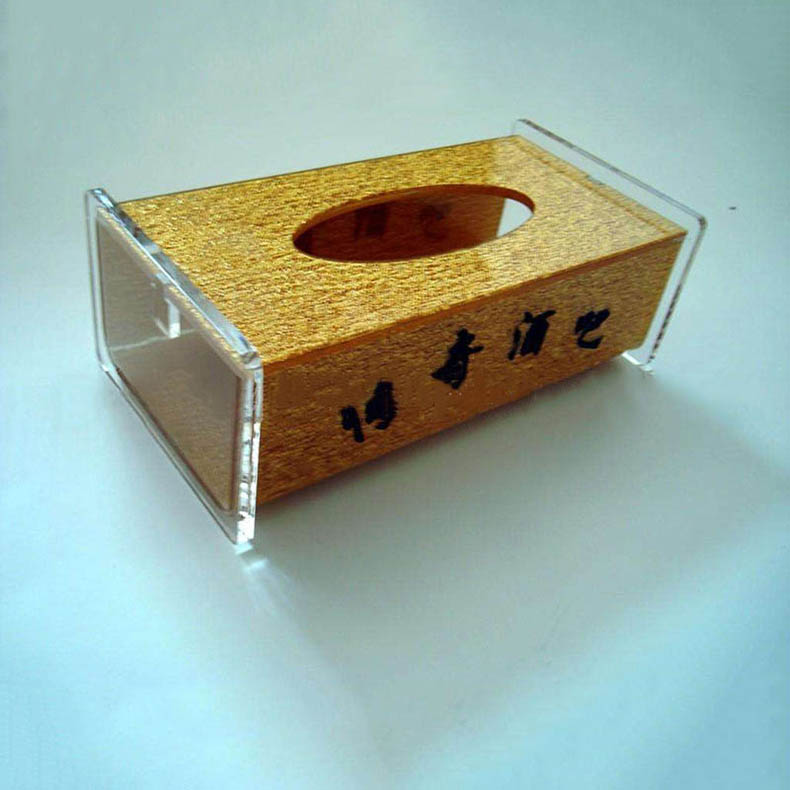Sure! Below is a detailed exploration of whether an acrylic photo frame is a good choice.
Is an Acrylic Photo Frame Good?
In the world of home decor and personal keepsakes, displaying photographs has become a cherished tradition. While traditional wooden frames and metal options have their own appeal, acrylic photo frames have emerged as a popular alternative in recent years. This article will delve into the benefits and potential drawbacks of acrylic photo frames to determine if they are indeed a good choice.
What is an Acrylic Photo Frame?
An acrylic photo frame is made from a type of plastic known as polymethyl methacrylate (PMMA), which is commonly referred to as acrylic. Acrylic is a transparent thermoplastic that can be easily molded and shaped, giving it a glass-like appearance without the heaviness or fragility associated with glass. Acrylic frames are available in various styles, sizes, and thicknesses, making them a versatile option for showcasing photographs.
Benefits of Acrylic Photo Frames
Durability:
One of the primary advantages of acrylic photo frames is their durability. Unlike glass frames that can shatter or break with impact, acrylic frames are much more resilient. This makes them ideal for households with children or pets, where accidents are more likely to occur. They are also less prone to scratching than glass, ensuring that they maintain their clarity over time.
Lightweight:
Acrylic frames are significantly lighter than their glass counterparts. This feature makes them easy to hang on walls or move around without the risk of dropping and breaking them. The lightweight nature of acrylic also allows for more creative display options, such as layering multiple frames without worrying about the weight.
Clarity and Transparency:
Acrylic offers excellent transparency, allowing for a clear view of the photograph within. Unlike some glass frames that may have a greenish tint, acrylic is known for its crystal-clear quality, which enhances the colors and details of the images displayed. This clarity can elevate the overall appearance of your photographs, making them stand out more vibrantly.
Versatile Design:
Acrylic frames come in a variety of designs and styles, ranging from minimalist to elaborate. This versatility allows for easy integration into different decor styles, whether modern, traditional, or eclectic. They can be found in a range of colors and finishes, enabling personalization that suits individual tastes.
Affordability:
Generally, acrylic photo frames are more affordable than glass frames. This price point makes them accessible for a wider audience, especially for those looking to decorate their homes or offices without breaking the bank. The balance of cost and quality makes acrylic frames an appealing choice for many consumers.
UV Resistance:
Some acrylic frames are treated with UV-resistant coatings that help to prevent photographs from fading over time. This is an important consideration for those who want to preserve cherished memories for years to come. By minimizing UV exposure, acrylic frames can maintain the vibrancy of the images contained within them.
Easy Maintenance:
Maintenance is relatively simple with acrylic frames. They can be easily cleaned with mild soap and water or a specialized acrylic cleaner, avoiding harsh chemicals that could scratch or damage the surface. This ease of cleaning contributes to their longevity and appeal as a display option.
Drawbacks of Acrylic Photo Frames
Scratching:
While acrylic frames are less prone to breaking than glass, they can be more susceptible to scratching. This characteristic means that care must be taken when handling and cleaning them. Using the right cleaning tools and materials is crucial to maintaining their clear surface.
Static Charge:
Acrylic can hold a static charge, attracting dust and dirt more easily than other materials. This can result in frames requiring more frequent cleaning to keep them looking pristine. Dust buildup may detract from the overall aesthetic appeal if not regularly addressed.
Limited High-End Appeal:
Although acrylic frames are stylish, they may lack the high-end appeal of a classic wooden or metal frame. For those looking for a luxurious presentation, acrylic may not provide the same sense of elegance that other materials can offer.
Temperature Sensitivity:
Acrylic can warp or become distorted under extreme heat. This sensitivity to temperature may limit where and how acrylic frames are used, especially in areas prone to high temperatures or direct sunlight.
Environmental Concerns:
As a synthetic material, acrylic is not biodegradable and poses environmental concerns. While some manufacturers are now producing eco-friendly acrylic options, traditional acrylic manufacturing processes can have a negative impact on the environment. Consumers looking to make sustainable choices may want to consider this when selecting frames.
Conclusion
In assessing whether an acrylic photo frame is a good choice, it is essential to weigh the benefits against the drawbacks. Acrylic frames offer numerous advantages, including durability, lightweight construction, excellent clarity, affordability, and design versatility. They are particularly suitable for those looking for functional and stylish ways to showcase photographs without the risk of breakage.
However, potential buyers should also consider the drawbacks, such as susceptibility to scratching and static attraction, as well as the environmental impact. Ultimately, the decision comes down to personal preference and the specific needs of the individual. If durability and lightweight convenience are priorities, an acrylic photo frame is undoubtedly a good choice.
For those who appreciate the classic appeal of natural materials or require high-end finishes for their decor, exploring other framing options may be more suitable. In a diverse market, acrylic frames hold their ground as a compelling option for anyone looking to exhibit photographs while safeguarding their treasured memories.








